The room was dark, save for a single spotlight, and Harry Styles was dressed in a sequined jumpsuit, barefoot, singing to a sold-out crowd that had waited two years to scream his lyrics back at him. It was the kind of moment that felt suspended in time — part arena spectacle, part spiritual revival. But what most didn’t see, just beyond the glitter and high notes, was the empire quietly expanding behind the curtain.
Not long ago, he was one-fifth of a boy band, carving harmonies out of teen hysteria. Now, in 2025, Styles is a cultural chameleon: Grammy-winning artist, fashion entrepreneur, film star, and worth an estimated $140 million, depending on who’s counting.
How did he get here? Not just rich, but revered — and still relevant in an industry that discards idols like yesterday’s headlines. This isn’t a story about fame. It’s about evolution, ownership, and the business of becoming a brand without selling your soul.
Let’s pull back the curtain — not just on the money, but on the moves that made Harry Styles a modern mogul.
2025 Net Worth Snapshot: How Much Is Harry Styles Really Worth?
As of mid-2025, Harry Styles’ estimated net worth sits at $140 million, according to aggregated data from Celebrity Net Worth, and entertainment finance analysts. But behind that clean figure lies a layered mosaic of earnings, assets, royalties, and brand equity — all built on a decade of reinvention.
The lion’s share of Styles’ wealth still stems from music, particularly the staggering revenue from his solo world tours. His Love On Tour alone grossed over $200 million globally, with subsequent arena shows continuing to pull in seven-figure nights. Add in streaming royalties (his catalog consistently racks up over 35 million monthly Spotify listeners), merchandise, and songwriting credits, and you get a substantial recurring revenue engine.
Then comes the film work — not yet at a blockbuster level, but strategic. Roles in Dunkirk, Don’t Worry Darling, and My Policeman didn’t just pay well; they repositioned him for longevity beyond music. His reported backend deal with Amazon Studios hints at further backend revenue potential.
Perhaps most surprisingly, Harry’s fashion and beauty ventures — namely his gender-inclusive lifestyle brand Pleasing and his long-term partnership with Gucci — are now seen by analysts as key valuation drivers. His ability to sell identity and ethos, not just products, has turned brand equity into a bankable asset class.
However, “worth” is a slippery concept in celebrity culture. Does it mean liquid cash or cultural capital? Styles’ $140 million is impressive — but perhaps more revealing is how he earned it: with autonomy, taste, and a deep understanding of what people are buying when they buy into Harry Styles.
From Holmes Chapel to Hollywood: His Money-Making Journey
The One Direction Era – Fame, Touring, and Group Wealth
Before Harry Styles was a solo icon headlining stadiums, he was one-fifth of One Direction, the boyband phenomenon born from a British talent show and catapulted into global fame. Between 2011 and 2015, the group became a merchandising machine — topping charts, selling out arenas, and moving everything from dolls to perfume.
Financially, it was a pop juggernaut. Each of their four major tours grossed tens of millions, with the Where We Are Tour in 2014 pulling in over $290 million alone. Album sales remained robust in a streaming-shifting industry, with physical and digital formats still thriving. Add in lucrative brand endorsements — Pepsi, Toyota, and a host of international sponsorships — and it’s estimated that each member earned roughly $40–50 million during their time in the band.
But it wasn’t just fast money — it was a crash course in global business. Styles emerged as a clear standout, not only vocally but in charisma and fashion sense. That early financial cushion, combined with brand familiarity, gave him the runway to take bold creative and entrepreneurial risks once the group went on hiatus in 2016.
Before he became a Grammy-winning solo artist, his financial journey from 2010 to 2025 tells the story of a carefully built career — from The X Factor to a diversified global brand.
Solo Career Masterstroke – Streaming, Albums, and Arena Tours
When Harry Styles stepped into the spotlight alone, he wasn’t just chasing a solo dream—he was building a personal enterprise. His self-titled debut album in 2017 set the tone: moody, guitar-driven, and unmistakably his. But it was Fine Line (2019) and Harry’s House (2022) that turned his artistry into a financial juggernaut.
Streaming numbers exploded—Fine Line alone surpassed 3 billion streams on Spotify, and As It Was became one of the platform’s most-streamed songs of all time. But the real windfall came from touring. His Love On Tour became one of the highest-grossing tours by a solo artist, pulling in over $200 million and selling out arenas across North America, Europe, and Latin America.
Unlike many pop stars, Styles’ earnings are amplified by creative control and ownership. He co-writes most of his music, ensuring a steady stream of songwriting royalties. He’s also known to retain more favorable splits in his contracts, having learned from the machinery of One Direction.
Post-1D, Styles shifted from mass production to curated artistry. Each album rollout is tightly designed—from visuals to merch drops to vinyl exclusives—reflecting a hybrid of musician and brand architect. The result? A career that’s both emotionally resonant and financially optimized.
His solo career has been a diversified income — from record-breaking albums to fashion-forward endorsements, setting him apart from many artists who rely solely on streaming.”
Acting Ambitions – From Stage Lights to Silver Screen
Harry Styles’ move into acting was never about abandoning music—it was a calculated step toward becoming a multidimensional brand. His film debut in Christopher Nolan’s Dunkirk (2017) was unexpected, understated, and perfectly strategic. Though his paycheck—reportedly in the mid six figures—was modest by Hollywood standards, the credibility boost was priceless.
From there, he leaned into more visible, emotionally complex roles: the glossy thriller Don’t Worry Darling (2022) and the introspective My Policeman (2022). Combined, they showcased range—and kept him culturally relevant between album cycles. Estimates suggest Styles now commands $1–3 million per role, and his production ties (including a first-look deal with Amazon) hint at even bigger backend opportunities ahead.
This wasn’t a vanity pivot. Acting broadened his audience, diversified his revenue streams, and aligned his public persona with timeless, artistic cool—a pivot from pop idol to creative auteur. It’s not just a side hustle. It’s brand architecture in motion.
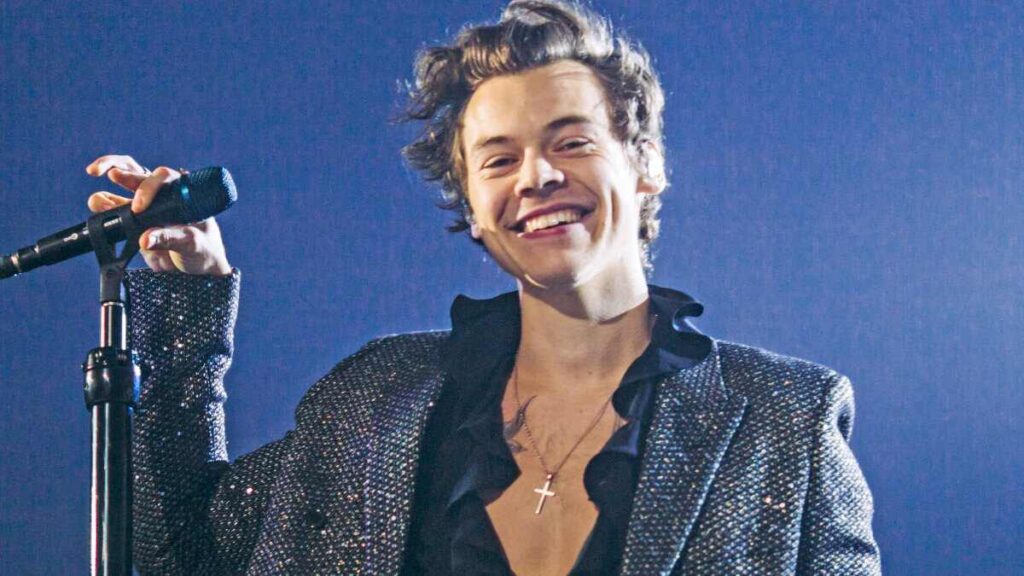
The Style of Styles: Fashion, Endorsements & Brand Power
Fashion as Fortune – Gucci, Pleasing, and Gender-Fluid Style Influence
Harry Styles didn’t just wear fashion—he weaponized it. His boundary-blurring style choices, from lace blouses to pearl necklaces, weren’t about shock value—they were statements that reshaped the pop culture dress code. What started as aesthetic risk-taking quickly became a brand identity, and then, a business model.
His long-running partnership with Gucci, including fronting its Mémoire d’une Odeur fragrance and co-creating the “HA HA HA” collection with Alessandro Michele, positioned him not as a celebrity face but a genuine fashion collaborator. This elevated him from style icon to cultural tastemaker.
Then came Pleasing, his beauty and lifestyle brand rooted in gender-neutral self-expression. What could’ve been a niche project turned into a commercial success, with nail polishes, skincare, and fragrances selling out on launch. But the true value isn’t just revenue—it’s ownership. Styles built a brand aligned with his values and voice, turning personal expression into a profitable, self-owned aesthetic empire.
What began as aesthetic risk-taking quickly became a business model — and his fashion empire breakdown reveals how deeply he’s embedded in the luxury fashion economy.
Endorsement Deals and Brand Collabs
Harry Styles doesn’t say yes to just anyone, and that’s exactly what makes his brand collaborations so valuable. Unlike many pop stars who flood the market with short-lived endorsements, Styles has kept his partnerships strategic, rare, and on-brand.
His long-standing relationship with Gucci isn’t just fashion synergy—it’s philosophical. Both champion individuality, artistic freedom, and gender inclusivity, making the collaboration feel more like shared DNA than a standard brand deal. Similarly, his work with Calm, the meditation app, aligned perfectly with his low-key persona and mental health advocacy, quietly introducing him to wellness-focused audiences without feeling promotional.
What he turns down matters just as much. Despite countless offers, Styles has reportedly declined fast fashion campaigns and alcohol endorsements—categories that clash with his personal image and fan values. This restraint hasn’t cost him money—it’s built trust. By prioritizing authenticity over quick paydays, Harry has positioned himself not just as an artist but as a values-driven brand audiences believe in.
Smart Moves and Side Hustles: Real Estate, Investments, and IP
While fans see Harry Styles lighting up stages and red carpets, much of his financial strength lies in what happens offstage—in real estate portfolios, IP rights, and quiet but calculated investments. Beneath the sequins is a sharp mind for long-term wealth.
Styles has quietly amassed a multi-million-dollar real estate collection, including several properties in London’s upscale Hampstead neighborhood, so close that he reportedly knocked down walls to combine them. He also owns a chic residence in Los Angeles, giving him bi-continental flexibility (and tax advantages) as he splits time between the U.K. and the U.S.
Then there’s intellectual property—the unsung hero of entertainment wealth. Styles co-writes most of his songs, meaning he earns not just from performance but from publishing. Those songwriting credits stack royalties over time, generating passive income that outlives tour cycles. He also retains licensing rights to his brand imagery and merchandise—an often-overlooked asset that can be licensed or scaled later.
More recently, Styles has stepped into production and venture territory. His film company, Erskine Records/Erskine Productions, has secured development deals with Amazon Studios, signaling a pivot toward executive-producing roles. Though he keeps startup investments low-key, rumors suggest involvement in eco-conscious and wellness-focused brands, fitting his lifestyle-driven public image.
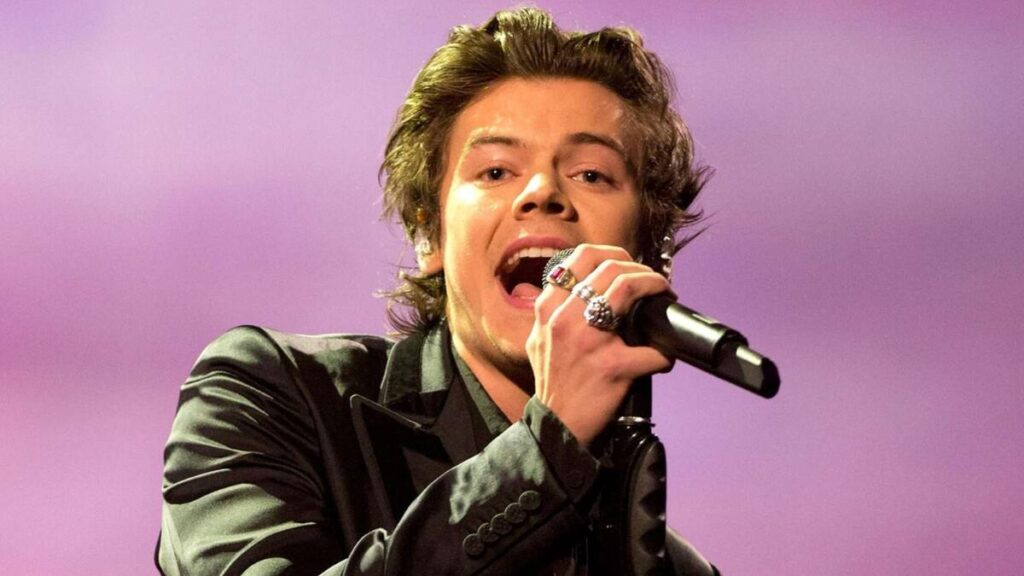
It’s not just diversification—it’s durability. Styles isn’t chasing trends; he’s building a financial architecture that extends well beyond music charts. Where many pop stars flame out, Harry is laying the groundwork for a future that pays, even when the spotlight fades.
Styles has quietly built a bi-continental real estate footprint — from Malibu cliffs to Notting Hill brownstones, his properties reflect a life of understated wealth and intentional privacy.
How Harry Styles Compares to His Contemporaries
In the world of celebrity finance, numbers tell part of the story—but strategy reveals the rest. As of 2025, Harry Styles’ estimated net worth of $140 million places him firmly among pop’s elite, yet what’s most compelling is how he built that figure compared to his peers.
Net Worth Comparison Table (2025)
| Celebrity | Estimated Net Worth (2025) | Primary Income Sources |
| Harry Styles | $140 million | Music, Touring, Fashion, Acting, IP Ownership |
| Zayn Malik | $70 million | Music, Modeling, Limited Touring |
| Justin Bieber | $200 million | Music, Touring, Startups, Real Estate |
| Shawn Mendes | $40 million | Music, Endorsements, Fashion |
| Taylor Swift | $1.6 billion | Music, Publishing Rights, Tours, Licensing |
While Bieber and Swift have earned more—largely due to extensive catalogs and massive tours—Styles stands out for the balance and intentionality of his portfolio. Unlike Zayn, whose post-1D career leaned heavily on music without aggressive touring, Harry diversified early: live shows, acting roles, a lifestyle brand, and long-term partnerships with high-fashion labels.
What makes Styles’ approach notable in 2025’s celebrity economy is his brand-first strategy. He’s less focused on saturation, more on cultural alignment. His ventures are few but high-value, and his ownership structure—especially in music publishing and merchandising—is a rarity in pop.
In a space where many stars monetize momentum, Harry’s quietly builds something that resembles longevity. He’s not the richest in the room, but he may be one of the smartest in how he’s playing the long game.
Among his One Direction peers, Harry’s financial edge over Zayn Malik stands out, thanks to his broader revenue mix and ongoing visibility in media and fashion.
A Decade of Building Trust: Why Fans and Brands Keep Buying In
In an era where celebrity reputations can shatter overnight, Harry Styles has built something rare: trust that lasts. It’s not just the music or the clothes—it’s how he makes people feel. That trust is the invisible currency fueling both his fan loyalty and brand appeal.
From the start of his solo career, Styles positioned himself not as a glossy pop idol but as an open, empathetic, and evolving human being. He champions kindness onstage. He waves Pride flags at concerts. He wears a dress on the cover of Vogue not to provoke, but to expand the idea of masculinity—and fans see that as genuine, not performative.
He rarely overshares on social media, choosing mystery over oversaturation. And when he does speak—whether about mental health, gender identity, or inclusion—it’s thoughtful, not scripted. That quiet consistency, combined with unapologetic creativity, has made him not only admired, but trusted.
This emotional equity translates into business: fans buy Pleasing not just for the nail polish, but to wear a piece of Harry’s ethos. They show up to shows because the environment he curates feels safe, joyful, and real.
For brands, this makes Styles golden. Aligning with him means aligning with authenticity. And in 2025, when audiences are savvier than ever, that kind of emotional credibility is worth more than any endorsement fee.
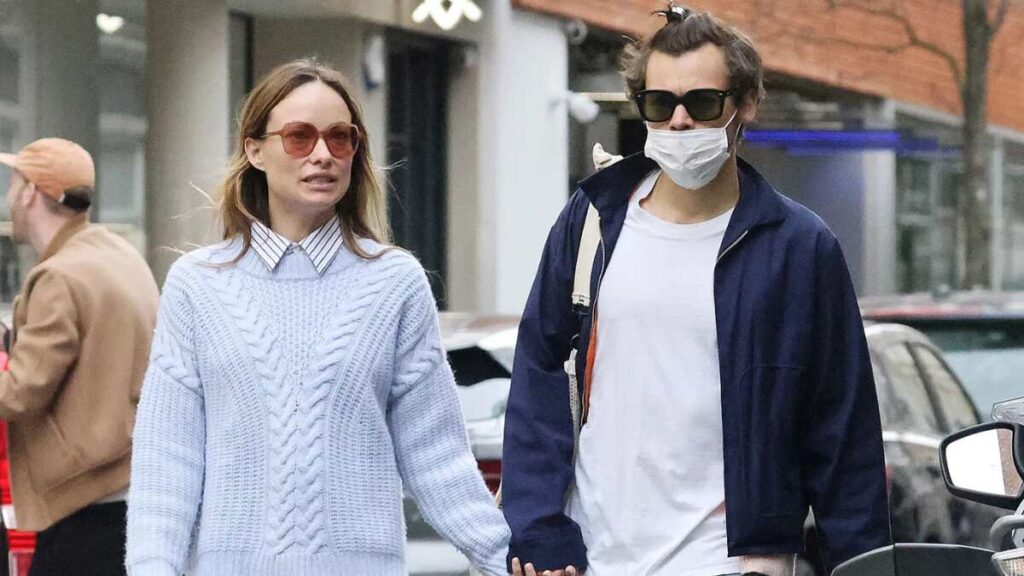
Why I Think Harry Styles Is a Modern-Day Bowie
I’ve spent the past decade watching Harry Styles grow up in public, not just as a fan, but as someone who studies the cultural currents beneath pop stardom. And I’ll say it plainly: Harry Styles is the closest thing we’ve had to David Bowie in a generation.
It’s not just the clothes, though the fashion is part of it. It’s the courage to evolve in plain sight, to blur lines between genres, genders, expectations—and do so without apology or explanation. Like Bowie, Styles treats his career as an ongoing performance, a visual and emotional narrative that adapts and reinvents, without ever losing its emotional core.
But here’s the nuance: Styles blends artistry with commerce in a way that feels revolutionary because it’s so rare now. He’s wildly successful, but still curious. He builds brands without diluting identity. He doesn’t just want to be seen—he wants to mean something.
Where many pop stars follow trends, Harry sets them. Where others play it safe, he plays with fire—softly, stylishly, and with a wink. That’s not just good business. That’s legacy. That’s Bowie energy. And we’re lucky to be witnessing it in real time.
What’s Next? Forecasting Harry’s Future Earnings and Empire
Looking ahead, Harry Styles isn’t slowing down—he’s scaling up. Industry insiders hint at a fourth studio album in the works, likely followed by another globe-spanning tour that could rival or even surpass Love On Tour’s $200M haul. His growing ties to Hollywood suggest a pivot behind the camera, with early rumors swirling about directorial aspirations or executive production roles via his Erskine imprint.
On the brand front, Pleasing has already expanded from nail polish to fragrance and apparel. A broader lifestyle expansion—think skincare, home goods, or even wellness experiences—feels inevitable, especially as Gen Z gravitates toward value-driven brands.
Financially, if his current trajectory holds, analysts suggest Harry could cross the $200 million net worth mark by 2027, fueled by ownership, not just output. He’s not just building a career—he’s constructing an ecosystem. And if history’s any guide, he’ll do it on his terms, in his own time, and unmistakable style.
The Making of a Multihyphenate Mogul
Harry Styles didn’t just accumulate wealth—he earned it. Through a mix of instinct, integrity, and creative risk, he’s turned a post-boyband career into a masterclass in modern celebrity entrepreneurship. Music was the entry point, but his empire spans fashion, film, brand-building, and quiet financial plays that signal long-term thinking.
What sets him apart isn’t just diversification—it’s intention. Every move, from gender-fluid fashion to owning his masters, reflects a deeper commitment to authenticity and control. He’s not playing the fame game—he’s rewriting it.
In an era where identity, influence, and income are inseparable, Styles’ journey is a blueprint for how to thrive without compromise. His fortune may be impressive, but his legacy is richer still: proof that you can evolve, stay true, and still win—creatively, commercially, and culturally.
Nishant is a digital strategist and celebrity finance analyst with over 15 years of experience in SEO-driven content. As Founder of TheNetWorths.com, he creates high-authority profiles on wealth, branding, and cultural influence.



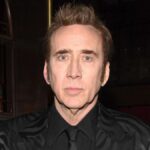











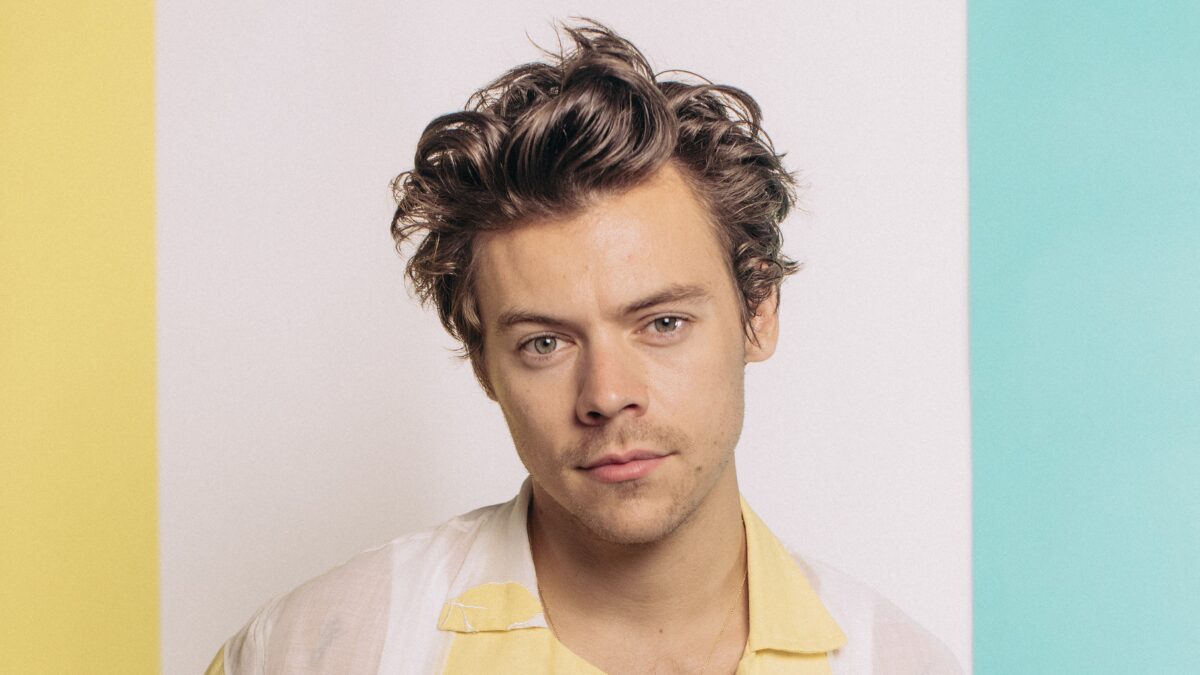
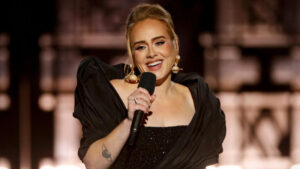
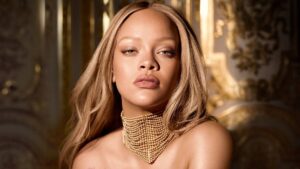
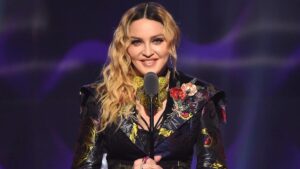
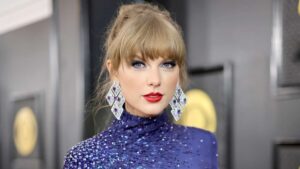
6 thoughts on “Harry Styles Net Worth 2025: How the Global Superstar Built a $140 Million Empire”